style as consistency
In film, a “visual bible” is a folio of reference points for how the final product should look and feel. The idea of a visual bible is to get the entire production crew on the same page, in order to create a cohesive movie (despite the many people who are involved in the process).
Now you might say: Amanda, you are just one person working on your novel, why would you need an aid in order to get yourself on the same page? And to that I say: some of us are very distractible! It takes authors months or years (usually years—and definitely years for me) to write a novel. During the drafting, I’ll often read another book and fall in love with its unusual structure /narrative choices, and want to mimic it—whether or not it suits my project. Experimentation is key to finding your style, right?
Also, it is nigh impossible to keep an entire novel in your head. The problem is that it’s not just the scenes on the page you must recall; you remember all the false plot branches and character arcs you considered and abandoned along the way. So even as a production crew of one, the visual bible is a useful tool. It allows me to envision the novel, remind myself of the themes and images patterning throughout, and to maintain consistency, so the ending matches the beginning (which is harder than you think to accomplish).
style as layering & style as limits
For my work in progress, I knew I was influenced by cyberpunk but did not want my story to be too cyberpunk. I’m a fan of the subgenre, but it’s been overly self-referential for a long time. We all saw Akira and Blade Runner1 and rightly fell in love but that’s where the genre has mired itself. (I know neon signs+rain=cool but we’ve been there a million times.) Plus there’s frequently orientalism and xenophobia lurking just beneath the surface of those aesthetics; blind reverence to style is risky.
Instead of purging your work of all influence, a doomed venture, I think of the creation process as additive, accretionary.2 So I began layering influences, hoping to reach fresh territory. My goal was to write slantwise through the cyberpunk influences while coming up with something new—essentially, my own style.
my visual bible
I always begin with place, but you might not work that way.
Setting A: Southern California desert
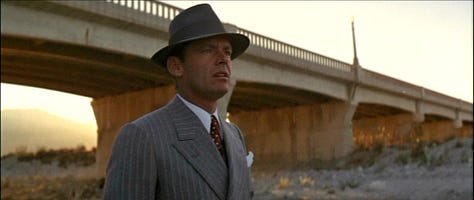
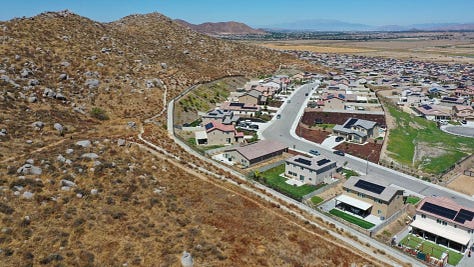

Setting B: Strip Malls /My Hometown

Setting C: Lived-in Home Spaces, cf. Spielberg
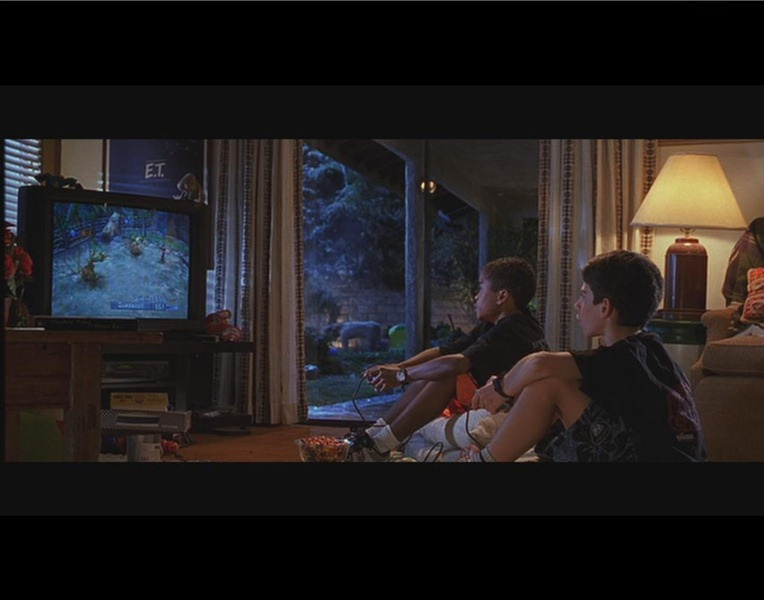
Setting D: The Laboratory
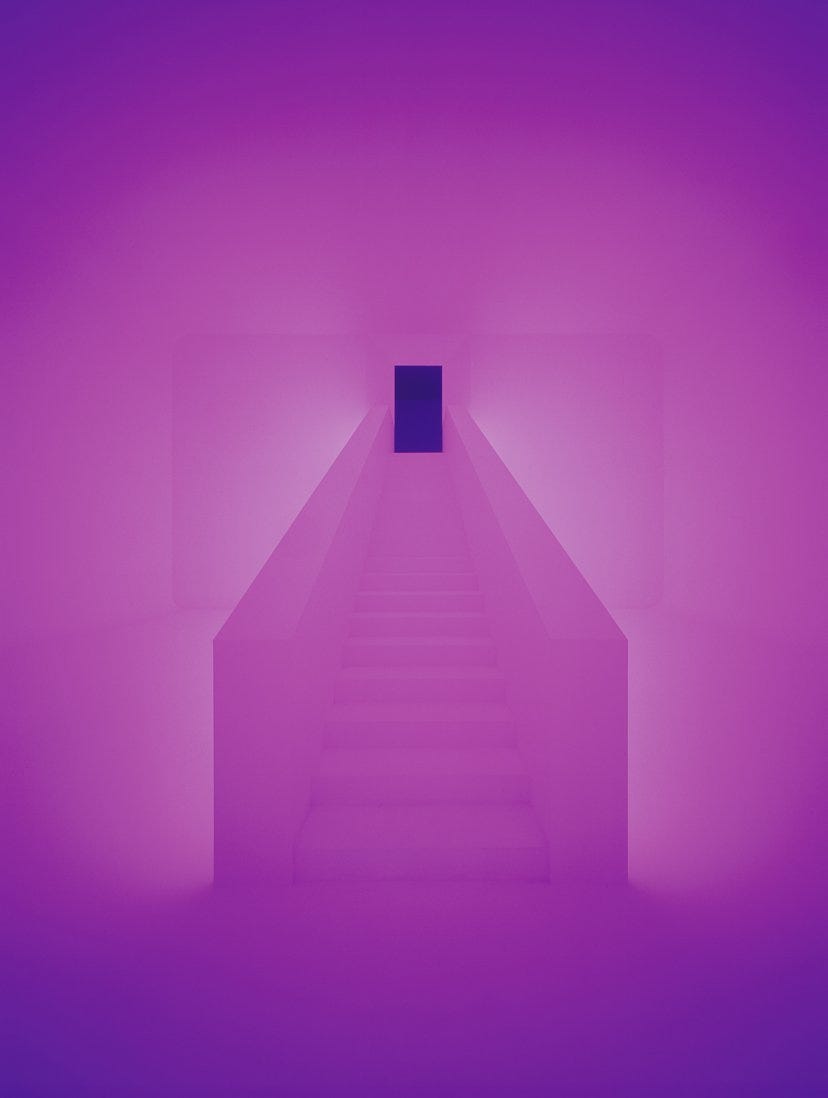
This final setting is also in a sense one of the story props.
Prop A: Ductile Technologies
One of my first prop decisions was to avoid digital tech. Our current era is very polished and corporate and Steve Jobs, so to achieve the estrangement of sci-fi (without, again, using Asia lazily as Foreignness) I went the opposite direction: I wanted as little use or mention of pixels, phones, social media, etc., which feel overly contemporary. Above all, I wanted to privilege touch, gear, and instruments. (I’m an amateur photographer and one of my favorite parts of it is the amount of stuff involved! The lenses! The buttons! The tools!) Moreover, the body is important in my novel—I know, we all say we write about the body but forgive me, I do!!—so tactility in the tech makes obvious sense.
Prop B: Big-Ass Machines You Go Inside
Sometimes I took cues from the current technologies and sometimes I took cues from experimental ones.

Prop C: Tubes! (Recurrent Shapes/Forms)

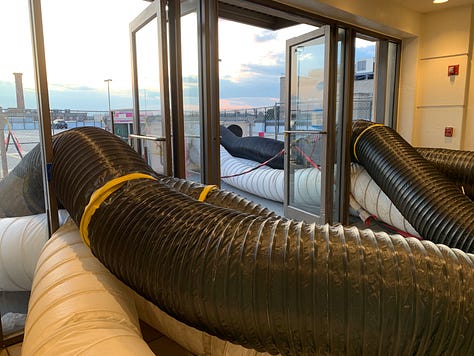

Sometimes I’d come across inspiration in the wild. I took these photos myself, when I became lost in the Providence mall.
Prop D: Skincare / Makeup / Body Stickers
Another important part of the story is being a teenager, so I was thinking about appearance and beauty as well.
I’m running up against the email limit, so I suppose I should wrap things up. I think you get the idea! You can add motifs, conceits, and images to your visual bible. You can add lists of words that taste right, that evoke the mood and tone you want for your project. Let yourself, in all your specifics, be a funnel for the weird: Always write from your obsessions.
What I think can help make this exercise more meaningful than, say, making a pinterest board or drawing up a bullet-point list of tropes, is to reason with yourself why you are drawn to these visual references, and in particular how they interact with the content of your story. Meaning may only emerge belatedly, as you collect and connect your influences together. Keep editing, curating, placing in parallel. Sweat the small stuff. Be precious with it. Keep looking until the surface becomes strange. Your style is there, in the details.
☆❀☆❀☆
I don’t mean to suggest that Akira is self-orientalizing! Blade Runner’s fear of globalization (a reaction to the strength of the 80s Japanese economy) intersects with the influence of anime on cyberpunk aesthetics.
See also: the anxiety of influence. See also: the myth of originality.




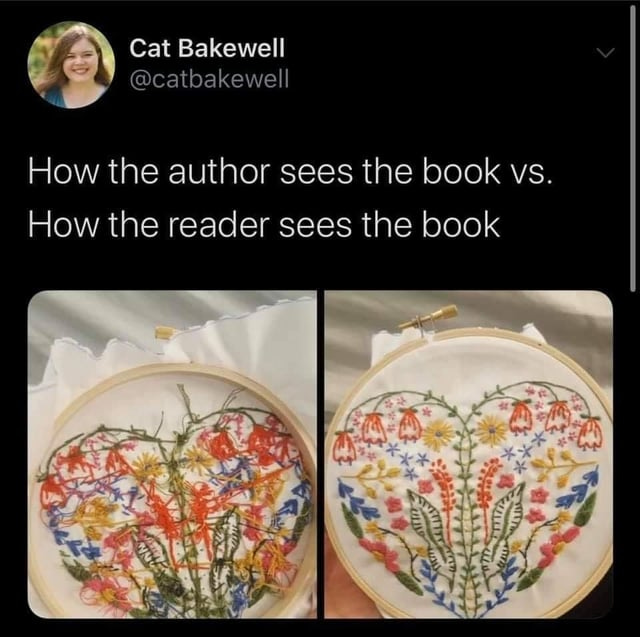

Loved this. Very interesting and helpful.